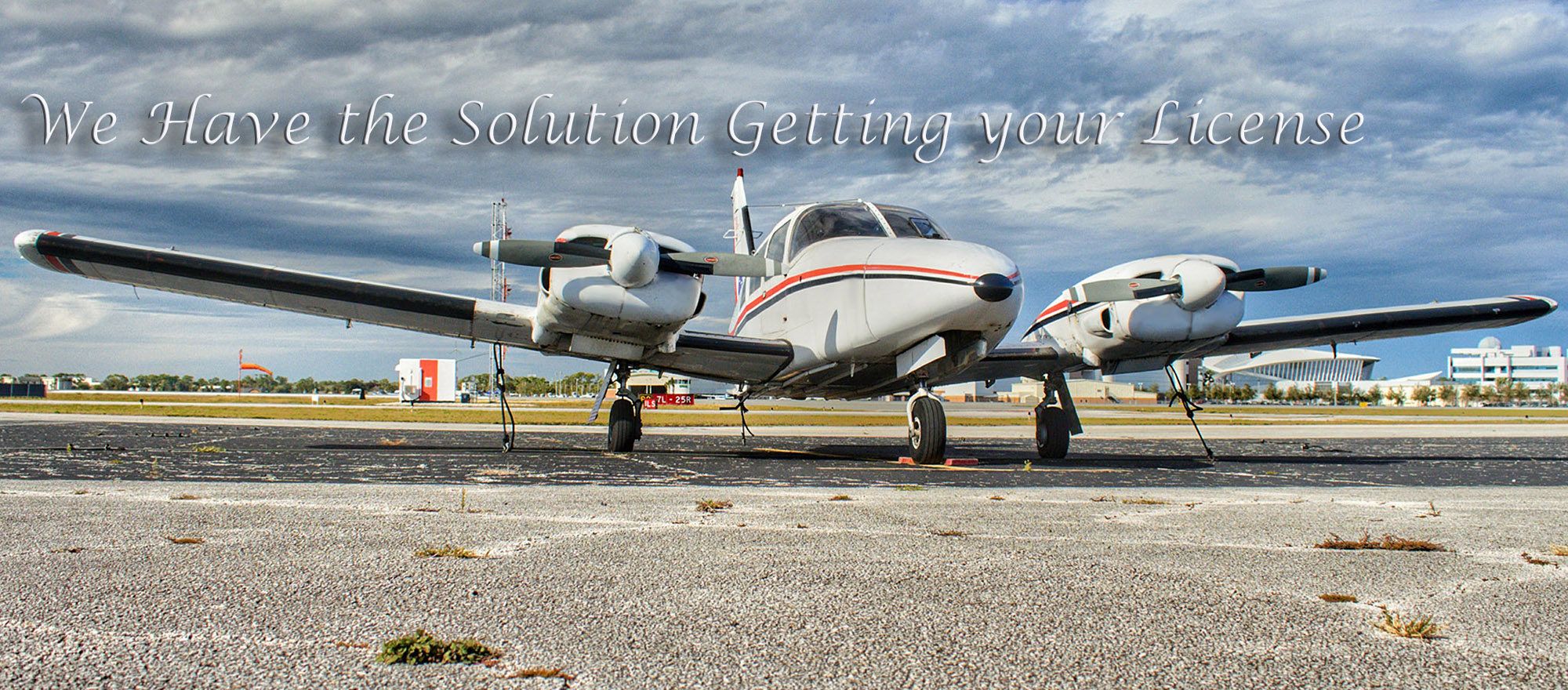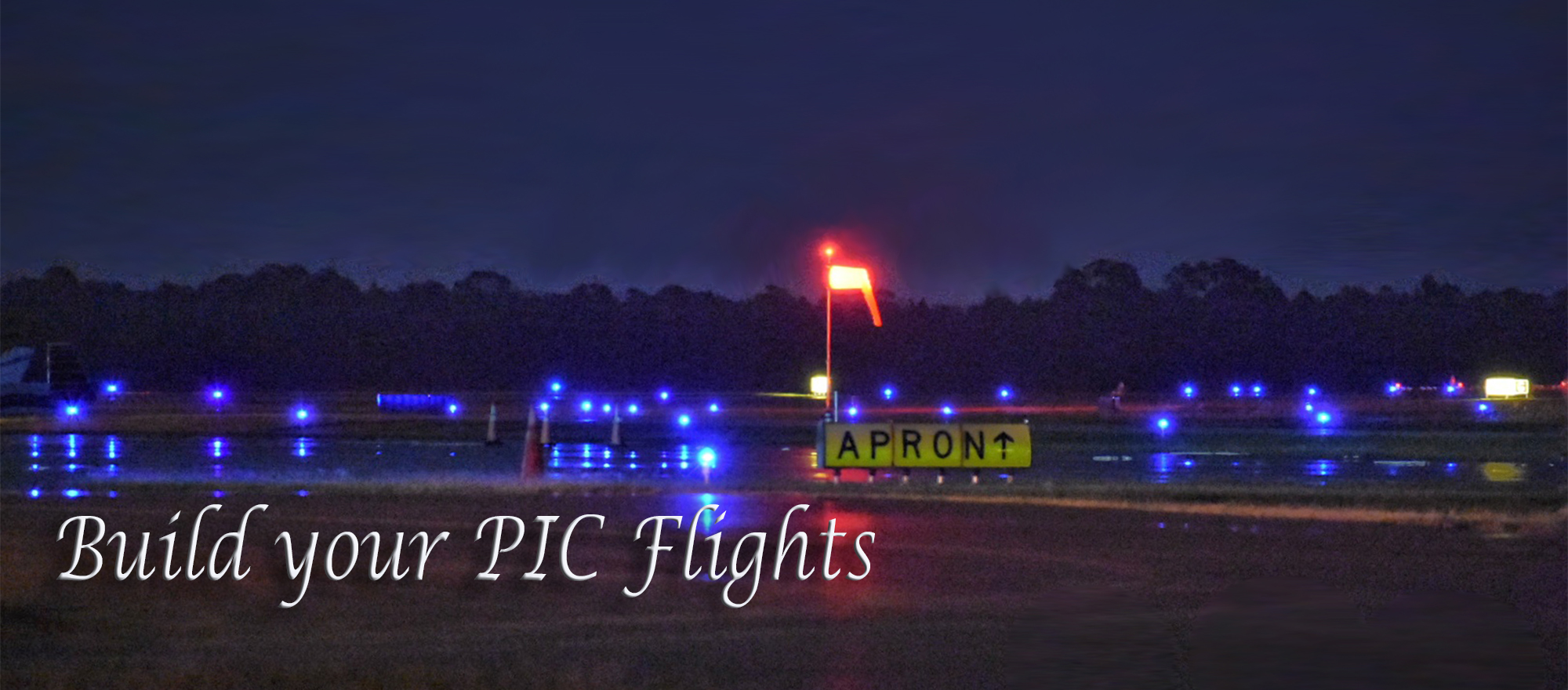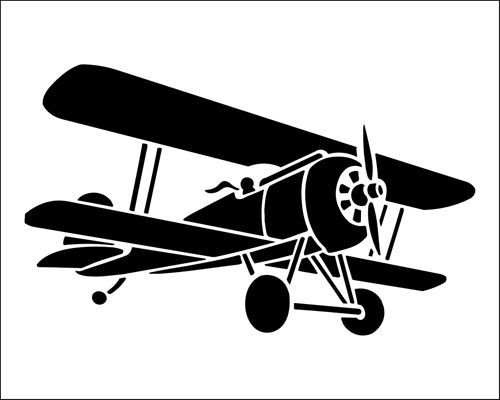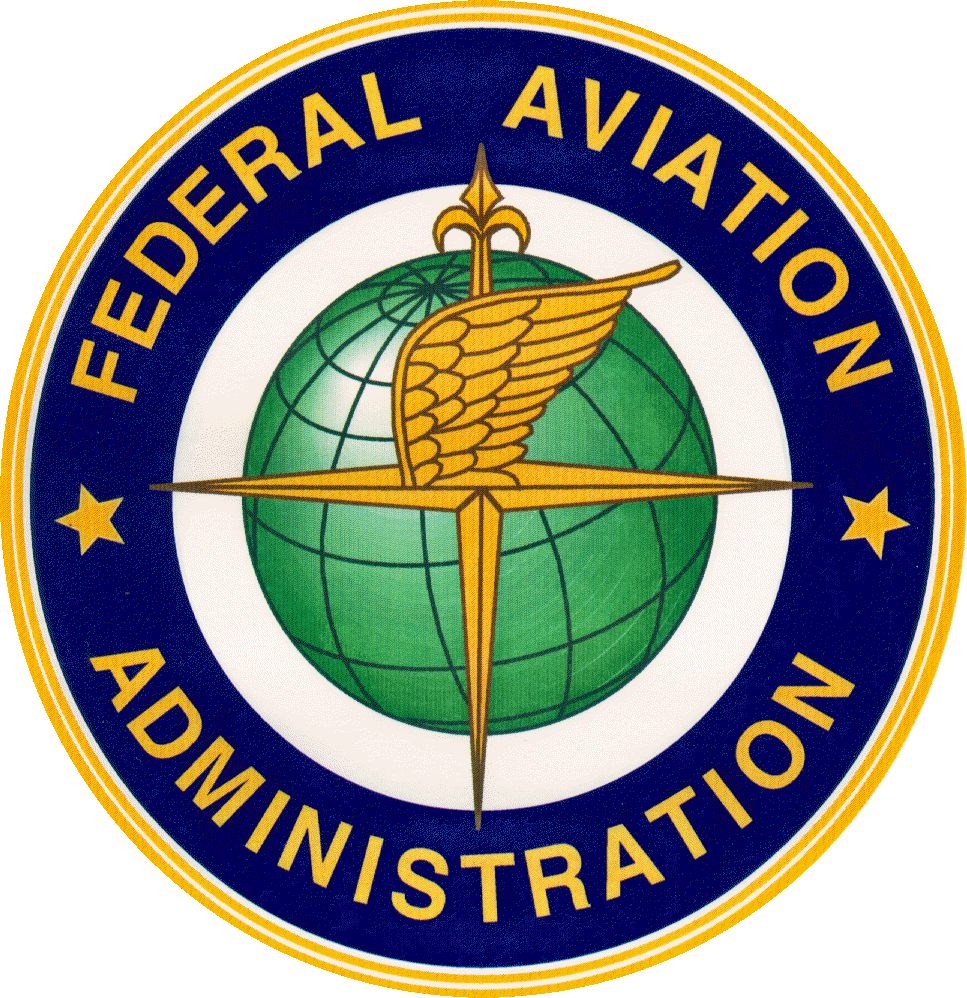Safe and Efficient Ground Operations
Mastering the Airport: A Pilot's Guide to Safe and Efficient Ground Operations
The magic of flight doesn't begin and end with takeoff and landing. For pilots, navigating the complex world of airport operations is an essential skill that ensures safety, efficiency, and a smooth transition between ground and air. Whether you're a pilot seeking to refresh your knowledge or an aspiring aviator eager to understand the ground game, this comprehensive guide equips you with the essential knowledge for navigating airport environments.
Understanding the Airport Layout:
Familiarize yourself with the different airport markings and signage. Key areas include:
- Runways: Numbered or named strips designated for takeoff and landing. Understanding runway lengths, weight capacities, and prevailing wind directions is crucial.
- Taxiways: The network of paths that connect runways to ramps, hangars, and other airport facilities. Knowing taxiway markings and following ATC instructions for taxiing is essential to avoid runway incursions.
- Aprons: Designated areas for aircraft parking, loading, and unloading passengers and cargo. Understanding proper apron etiquette and following marshalling signals (hand signals from ground crew) ensures safety during maneuvering.
- Taxiway Holding Points: These designated locations on taxiways require pilots to stop and hold their position until receiving further instructions from ATC. Understanding and adhering to holding points prevents runway traffic congestion.
Communication is Key:
Effective communication with Air Traffic Control (ATC) is paramount for safe and efficient ground operations. Here are some key points to remember:
- Monitor ATC Frequencies: Actively listen to ATC instructions for your aircraft and others operating within the airspace.
- Use Clear and Concise Phraseology: Follow the Pilot/Controller Glossary for standardized communication, avoiding ambiguity and potential misunderstandings.
- State Your Intentions Clearly: When requesting taxi clearance, departure clearance, or landing clearance, clearly state your aircraft call sign, location, and desired action.
- Acknowledge Instructions: Always read back ATC instructions to confirm understanding and prevent errors.
Taxiing Techniques:
Taxiing an aircraft requires precision and smooth control. Here are some best practices:
- Maintain Situational Awareness: Be aware of your surroundings, including other taxiing aircraft and airport vehicles.
- Follow Taxiway Markings and Signs: Adhere to the designated taxi route and signage to avoid confusion and potential runway incursions.
- Taxi at a Safe Speed: Maintain a slow and controlled speed that allows for proper reaction time in case of unexpected situations.
- Use Your Taxi Light and Landing Light (at Night): Ensure proper visibility for yourself and other aircraft operating in the vicinity.
Pre-Takeoff Checks:
Before initiating takeoff, a thorough pre-takeoff checklist ensures a safe departure:
- Line Up with the Runway Centerline: Align your aircraft precisely with the runway centerline for a smooth and centered takeoff roll.
- Final Control Checks: Verify proper flap settings, engine performance parameters, and communication with ATC.
- Adhere to Runway Departure Procedures: Follow ATC instructions for departure clearance and adhere to published runway departure procedures.
Landing Procedures:
Landing an aircraft requires focus and adherence to established procedures:
- Maintain Communication with ATC: Communicate your approach and landing intentions clearly to ATC.
- Follow Approach and Landing Procedures: Adhere to established approach patterns and landing procedures for the specific runway.
- Maintain Proper Airspeed and Descent Rate: Control your airspeed and descent rate to ensure a smooth and stabilized touchdown.
- Taxi to Designated Area After Landing: Once clear of the runway, follow ATC instructions for taxiing to the appropriate parking area.
Beyond the Basics:
Safe airport operations extend beyond these fundamentals. As you progress in your piloting journey, consider these additional areas for exploration:
- Advanced Taxi Procedures: Understanding taxi procedures in low-visibility conditions or at unfamiliar airports.
- Emergency Procedures: Knowing how to handle airport emergencies like engine failure during taxi or aborted takeoffs.
- Airport Signage and Markings: Delving deeper into the intricacies of different airport signage and their meanings.
By mastering these skills and continuously seeking knowledge, you'll transform yourself from a competent pilot to a confident aviator who thrives in the dynamic environment of airport operations. Remember, safety is paramount, and a thorough understanding of procedures along with clear communication are the hallmarks of a successful pilot. So, the next time you take to the skies, navigate the airport with expertise and ensure a smooth transition from ground to glorious flight.













